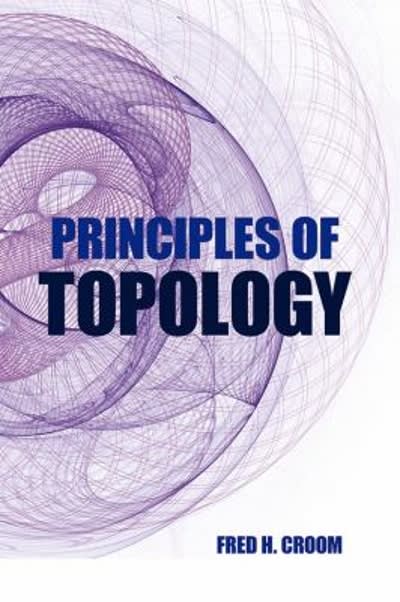Answered step by step
Verified Expert Solution
Question
1 Approved Answer
Let x=s+n, where the observed random variable is 'x'. 's' is a random parameter independent of the added random noise 'n'. The probability density of

Let x=s+n, where the observed random variable is 'x'. 's' is a random parameter independent of the added random noise 'n'. The probability density of n' is given by p(n) = 2 e-z (n-) u(n - 1) and the probability density of the parameter 's' is given by p(s) = 1/8 s [u(s) - u(s -4)]. i) Get Sms ii) Get Smap ii) Does 's' have a Sml. Why or why not?

Step by Step Solution
There are 3 Steps involved in it
Step: 1

Get Instant Access to Expert-Tailored Solutions
See step-by-step solutions with expert insights and AI powered tools for academic success
Step: 2

Step: 3

Ace Your Homework with AI
Get the answers you need in no time with our AI-driven, step-by-step assistance
Get Started


